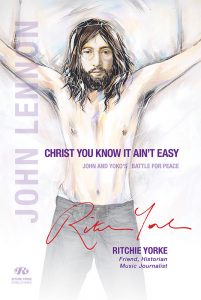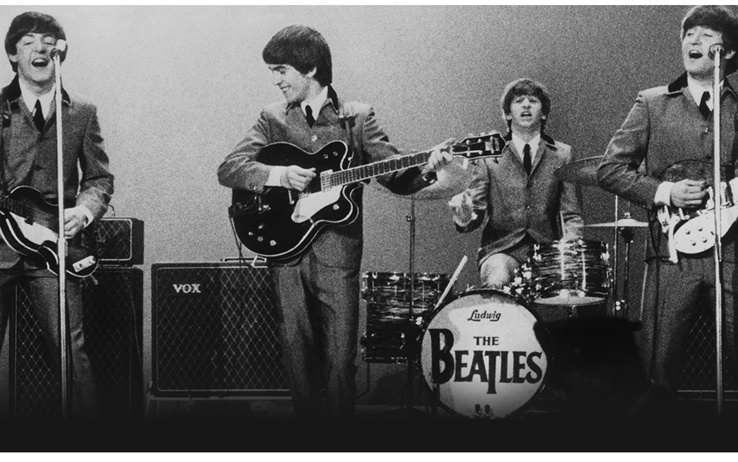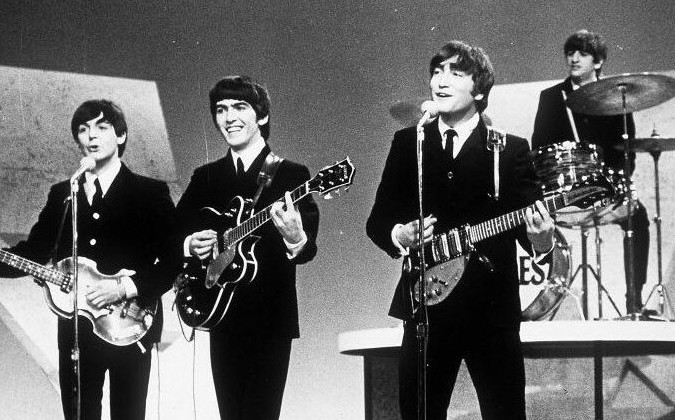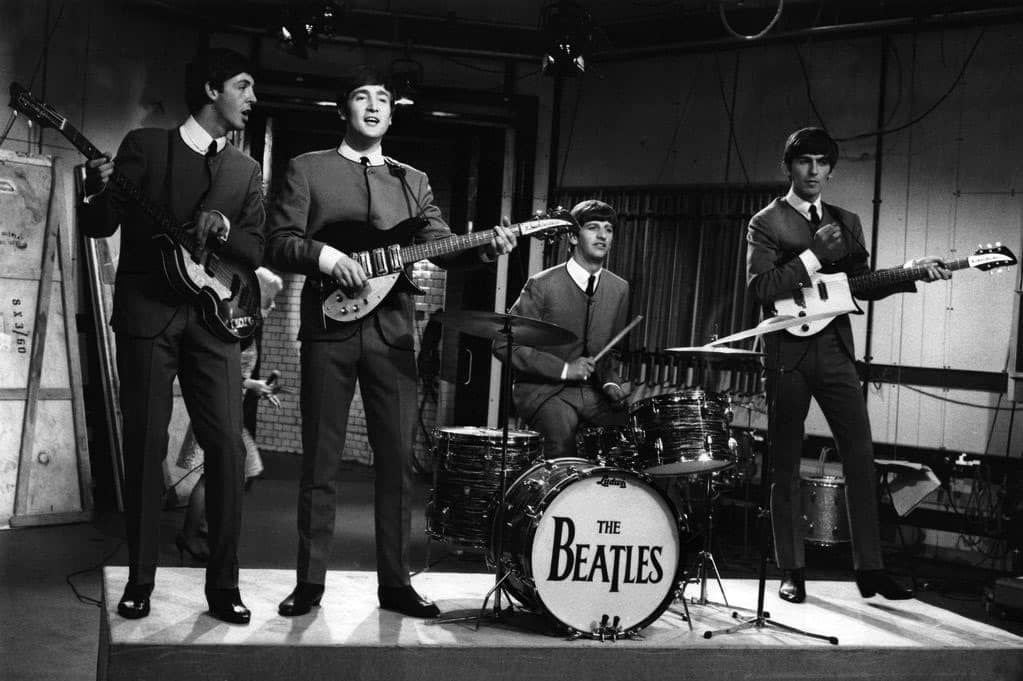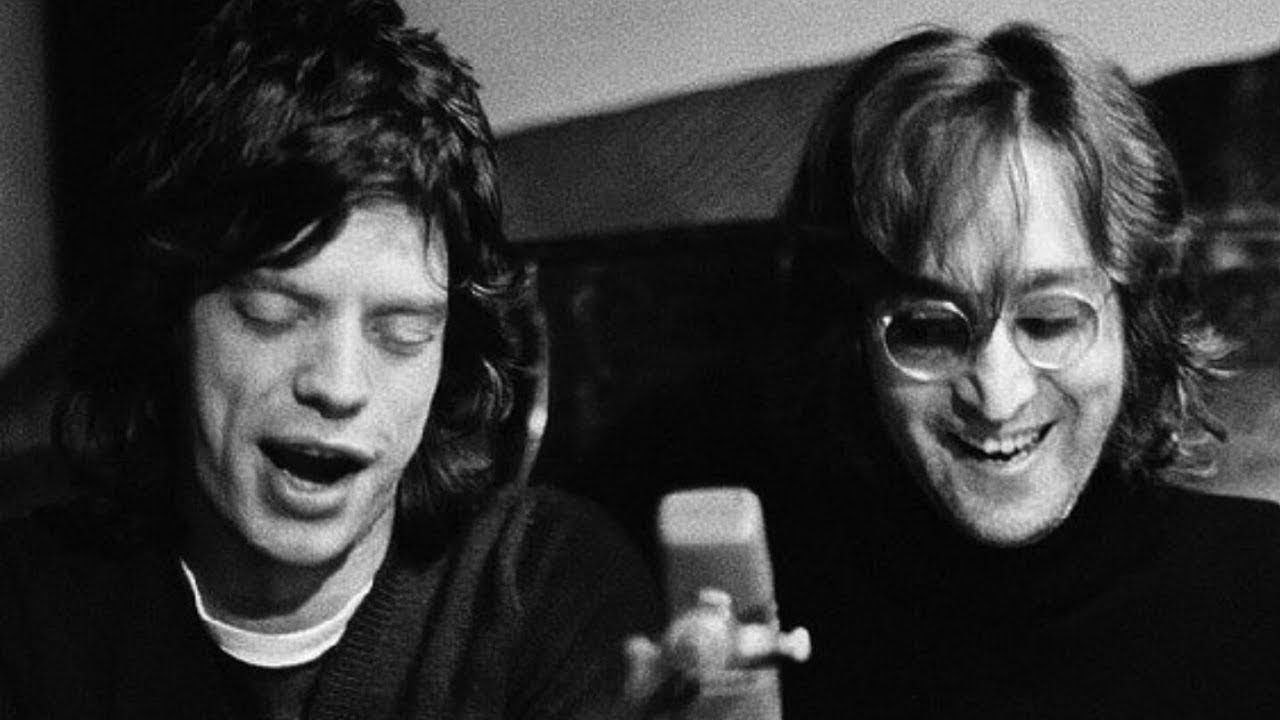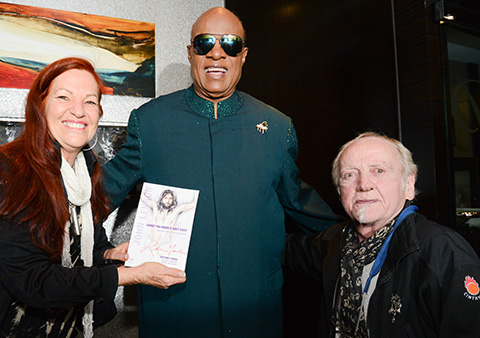09 Feb Beginning of the British Invasion: The Beatles Perform on the Ed Sullivan Show
ON THIS DAY IN 1964, THE BEATLES MARKED THE BEGINNING OF THE BRITISH INVASION BY PERFORMING ON THE ED SULLIVAN SHOW FOR THE VERY FIRST TIME.
In front of a sold-out crowd of 728 screaming fans and an estimated 73 million more watching on the television at home, it was safe to say the Beatles made an impact. In fact, the numbers ended up breaking the record of number of viewers tuned in to a live program. It has been estimated that approximately 3/4 of the American adult population was watching the performance.
Ed Sullivan had been a fan of the band for some time and spectated their rising popularity in Britain from afar, before deciding “this was the same sort of mass hit hysteria that had characterized the Elvis Presley days.” (New York Times). Interestingly, Elvis appeared to sense the threat to his popularity and sent a congratulatory telegram to the band, read out at the start of the episode.
The band themselves played five songs, All My Loving, Till There Was You and She Loves You at the start of the show and then I Saw Her Standing There and I Want To Hold Your Hand at the beginning of the second half of the show. During Till There Was You a close-up of each Beatle is shown, with Lennon’s featuring an extra caption – “Sorry Girls, He’s Married.”
This performance has become iconic in the pages of rock history and is remembered as changing the landscape of popular music drastically, particularly in the US. It inspired countless musicians from numerous recognisable bands to pick up an instrument and have a try at rock and roll music. Ultimately, the show is now a huge part of the Beatles story and the history of popular music and rock and roll altogether.
